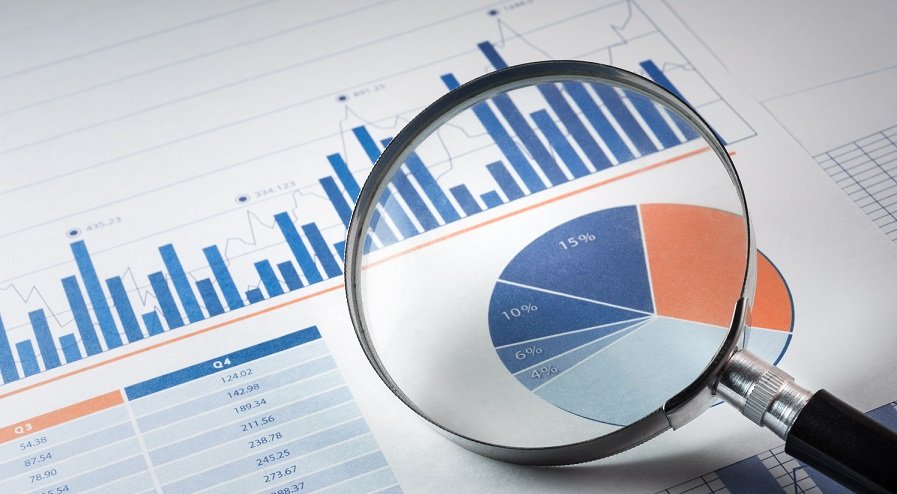On April 18, 2022, the Singapore National Environment Agency (NEA) released data on waste generation and disposal status for 2021. According to the data, solid waste generation in 2021 was 6.94 million tons, up 18% from 5.88 million tons in 2020. It is assumed the increase is due to the recovery in economic activity. Looking by sector, waste increased from 4.12 million tons to 5.12 million tons YoY in the non-home sector (industry, commercial facilities), and from 1.77 million tons to 1.82 million tons YoY in the home sector (households, shops, schools, gas stations, places of worship, etc.). On the other hand, although the recycling rate of waste generated in 2021 was 55%, up from 52% in 2020, it did not reach the level of 2019 before the COVID-19 pandemic. By sector, the recycling rate in the non-home sector rose from 68% to 70% YoY, while the home sector remained at 13%.
The original text of this law can be viewed from the following URL.
https://www.nea.gov.sg/media/news/news/index/overall-waste-generation-and-recycling-rates-increased-in-2021-as-economic-activity-picked-up
2021 Highlights
Below we summarize the highlights for 2021 based on the NEA announcement.
- In 2020, both waste generation and recycling rates declined, especially as activity was curtailed during the circuit breaker period, but economic activity recovered in 2021, with waste disposal increasing by 10% and recycling by 26%. Compared to 2019 before the COVID-19 pandemic, waste generation decreased by 5%, while recycling decreased by 11% and disposal increased by 5%.
Table: Waste generation and treatment status (2019-2021)
| 2019 | 2020 | 2021 | |
|---|---|---|---|
| Waste generation (million tons) | 7,278 | 5,880 | 6,944 |
| Recycled amount (million tons) | 4,293 | 3,040 | 3,826 |
| Recycling rate | 59% | 52% | 55% |
| Disposal amount (million tons) | 2,984 | 2,841 | 3,118 |
- The recycling rate for plastic, horticultural, and wood waste improved. Although the paper and cardboard recycling rate was slightly higher than the level in 2020, the recycling rate was 44% lower than 2019 due to lower exports of recyclable used paper and cardboard and an increase in disposal.
Table: Recycling rate of various types of waste
| 2019 | 2020 | 2021 | |
|---|---|---|---|
| Plastic | 4% | 4% | 6% |
| Horticultural waste | 73% | 80% | 83% |
| Wood waste | 66% | 64% | 76% |
| Paper/cardboard | 44% | 38% | 39% |
- The recycling rate in the home sector remained unchanged at 13% in 2020, as the trend of working from home continued and a large amount of waste was discharged from the home sector, but the amount of waste collected through the collection services provided under the National Recycling Program (NPR) also increased by 14%.
With the current waste disposal rate, the Semakau landfill site is expected to be full by 2035. In order to reduce landfill, Singapore has set targets to increase the recycling rate to 70% by 2030. The Zero Waste Master Plan and the Singapore Green Plan 2030 have targets to reduce waste landfill by 30% per person per day by 2030 and 20% per person per day by 2026.
Annex C to this announcement describes various NEA initiatives to reduce waste, including trends in e-waste and packaging waste regulated under the Resource Sustainability Act. Regarding e-waste, more than 500 collection boxes have been installed nationwide, and as of February 2022, over 3,800 tons of e-waste had been collected by ALBA. Also, as part of other efforts, NEA plans to distribute recycling containers to households in late 2022 to encourage household recycling (only to households that need them). Details will be announced in the future.
 Singapore: Waste generation increased by 18% YoY in 2021 due to recovery in economic activity
Singapore: Waste generation increased by 18% YoY in 2021 due to recovery in economic activity 

























